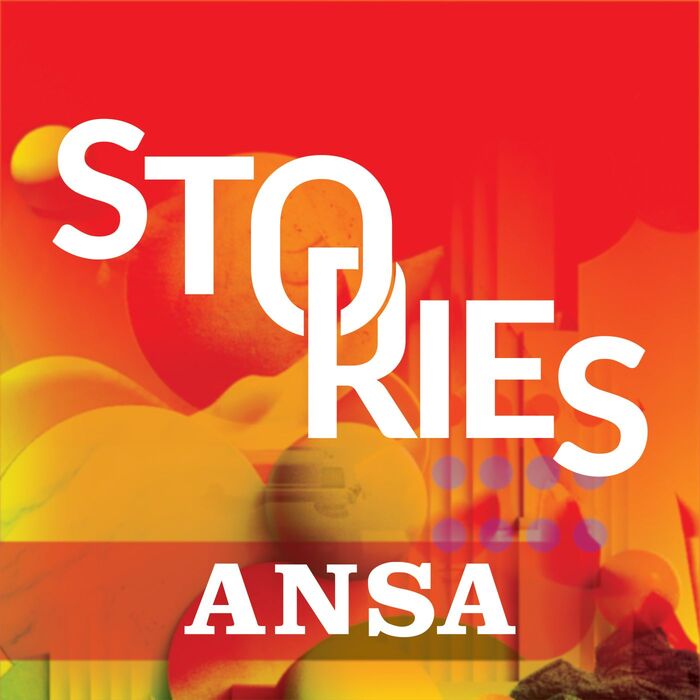Are we prescribing too many psychotropic drugs to our children?
This is underlined by the High Council for the Family, Childhood and Age (HCFEA) in a worrying report entitled “When
children are in bad shape, how can they be helped?
".
The content of this long-awaited report revealed by
Le Parisien
, which is to be made public at the beginning of the week, but which
Le Figaro
has obtained, is alarming to say the least: faced with the increase in depression and psychological disorders among younger, the prescriptions of psychotropic drugs are far too numerous, and sometimes at far too high a dose.
In a note from 2007, the High Authority for Health defines psychotropic drugs as "
drugs
" having "
the property of modifying the activity of the brain by reducing or stimulating it
", acting in particular "
on alertness and mood
" .
.
However, their consumption has quite simply “
doubled
” in ten years among children, the report points out.
5% of the French pediatric population would now be affected, i.e. one in 20 children. A figure “
more, or even significantly higher than the average established at European level
“, according to the HCFEA.
In concrete terms, according to data from Health Insurance, the consumption of psychotropic drugs among young people has increased by 179% for antidepressants and normothymics;
148% for psychostimulants;
114% for antipsychotics;
35% for hypnotics and anxiolytics, between 2010 and 2021. A trend which, far from concerning “
isolated cases
”, affects “
tens of thousands of children
”.
"Scissors effect": more depressive disorders, less care
How is it possible that these treatments, which are far from trivial, are being prescribed earlier and earlier?
Are French people under the age of twenty particularly prone to depression?
Or should this be seen as the failure of a healthcare system which tends to prescribe these drugs too easily?
Both at the same time, in fact!
On the one hand, depressive disorders are clearly increasing among the youngest segments of the population.
The report echoes, for example, a study stating that “
one in four young people say they are unhappy
” and that “
24% of young people surveyed say they have suicidal thoughts on a daily basis.
".
In this respect, the disastrous consequences of repeated confinements are underlined with, for example, a 299% increase in the number of admissions of children under 15 to Robert Debré hospital for attempted suicide, between July - August 2019 and March - April 2021.
Read alsoHomebody, anxious, hyperactive: the Alpha generation, these children who will be 20 years old in 2030
On the other hand, far from pointing the finger at caregivers who would prescribe with all their might and indiscriminate force anxiolytics, antidepressants and other psychotropic drugs to children, the report insists on the lack of means of medical structures.
These resources would only have increased by “
14% in 2008-2018
”.
A figure well below the expectations of professionals in the sector who, for many of them, have been sounding the alarm for several years.
Added to this is the sharp decline in the number of active child psychiatrists, with numerous retirements and an average age that continues to rise.
According to the report, “
97 child psychiatrists are listed
” on January 1, 2020, “
with an average age of 65 years.
Between 2010 and 2021, 420 child psychiatrists retired without being replaced.
“Tens of thousands of children” concerned
"
In the absence of immediate follow-up due to the lack of means, mild situations of harassment or slight disorders will degenerate into serious depression
", underlines Amandine Buffière, child psychiatrist and president of the federation of CMPP (medico-psycho-pedagogical centers) .
A finding confirmed by the report, which notes that "
young people who show signs of ill-being or who need early care are not a priority [as long as a psychiatric pathology has not been diagnosed], they do not do not receive care that would prevent their health from deteriorating
".
The child psychiatrist points out that “
some patients have to wait a year, a year and a half, or even two years to have access to care structures near their homes.
".
The report points out that this difficulty of access to care is reinforced in disadvantaged areas, such as in Seine-Saint-Denis: “
Children from disadvantaged backgrounds present increased risks of medication.
»
Read alsoAnxiolytics, antidepressants: how to wean yourself off psychotropic drugs?
Worse still, the HCFEA report stresses that a large part of these prescriptions are “
off-label
” (marketing authorization), as these drugs are not designed for children.
A phenomenon that continues despite the "
reminders
" and "
points of vigilance
" repeated by "
health agencies
" and by "
certain researchers, professionals, experts and specialists
" for years.
Concretely, “
40%
” of prescriptions for psychotropic drugs for children would be made off-label “
in city practice
”, against “
67% (and up to 94%) in the hospital
”.
A "
serious" situation
“Which justifies, for Amandine Buffière, to set up the fight against the “
over-medication
” of young people as a “
collective priority
”.








